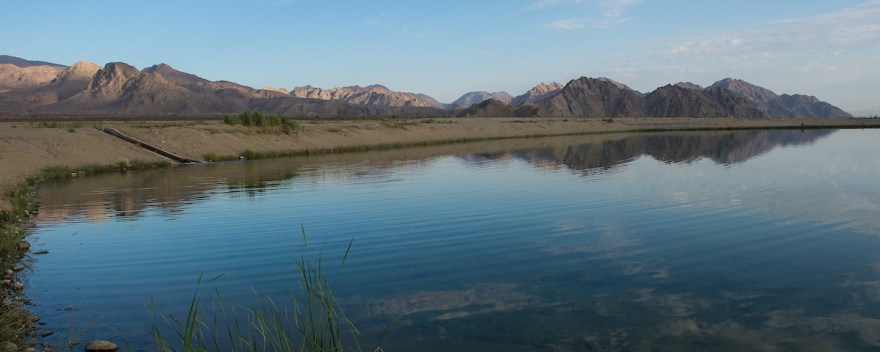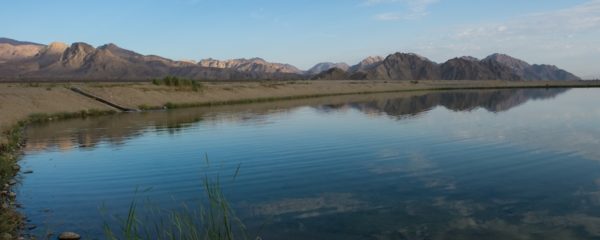

Guest Editors:
Anita Milman, Department of Environmental Conservation, University of Massachusetts Amherst, USA and Michael Kiparsky, Wheeler Water Institute, UC Berkeley, USA
INTRODUCTION: Groundwater pumping exceeds naturally occurring recharge in many regions of the world. The resulting impacts to groundwater systems adversely affect human and environmental systems. Climate change adds urgency, as the combination of more extreme flood and drought regimes coupled with intensifying demand further push groundwater resources out of balance. In many or most groundwater basins, some reduction in groundwater extraction will be necessary to reduce outflows from stressed basins. Increasing inflows to these basins through Managed Aquifer Recharge (MAR) is increasingly looked to as a mechanism to help bring aquifers into sustainable balance.
In this special collection, we examine deployment of MAR in examples from around the USA to illustrate the range of institutional approaches used as well as how those relate to the drivers and objectives of MAR. The overarching impetus for this work is the recognition that water managers often anecdotally agree that institutional elements are as important, or more important, than technical challenges to MAR in many cases.
Articles include the Kern Water Bank, Orange County Water District, and Recharge Net Metering in the Pajaro Valley.
Access all articles at the UC Press by clicking here.
From Maven’s Notebook:
“Dr. Andy Fisher is a professor at UC Santa Cruz and Director of UC Water, as well as the founder of the Recharge Initiative, a focused effort to protect, enhance, and improve the availability and reliability of groundwater resources. Dr. Fisher focuses on stormwater capture and recharge, including development of a metered recharge pilot project in the Pajaro Valley Water Management Agency where he looks at stormwater quality and at using GIS to map ideal locations for groundwater infiltration.
In this seminar presented by the State Water Board’s STORMS program, Dr. Fisher discussed the stormwater projects he’s been working on in the Pajaro Valley, stepping through the process of mapping, modeling, measuring, and then ultimately monetizing or incentivizing groundwater recharge. … “
Continue reading at Maven’s Notebook by clicking here.
From Andrew T. Fisher at the PPIC Blog:
“Water levels in many of California’s groundwater basins have dropped too far, too fast in recent years, prompting a wave of experimental projects to augment the natural recharge of aquifers. But funding is a missing element in many of these efforts. A new local program to provide incentives for groundwater recharge could be replicated in other parts of the state.
Most Californians who use groundwater do not pay to use it. Instead, in many basins, property owners with an “overlying right” to water underground are free to extract as much as they need for “reasonable and beneficial use,” as loosely defined by state law, paying only for the costs of pumping.
The state’s Sustainable Groundwater Management Act, enacted in 2014, empowers local Groundwater Sustainability Agencies (GSAs) to impose fees in support of long-term water resource management and develop funding mechanisms for projects that conserve water and augment available supplies. … “
Continue reading at the PPIC Blog by clicking here.


